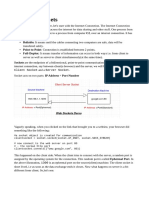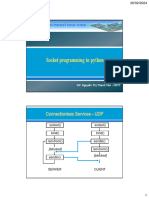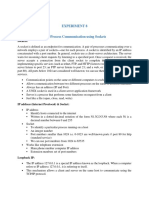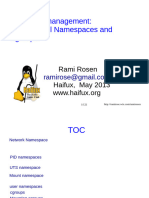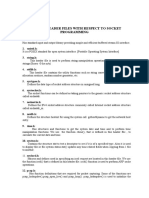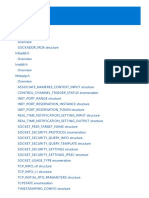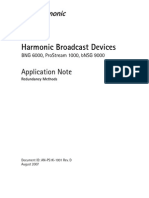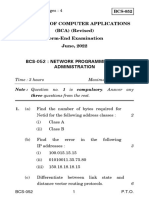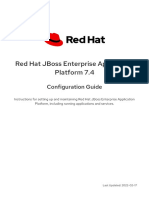0% found this document useful (0 votes)
36 views5 pagesSocket Interface
The Socket Interface is an API for network communication that allows applications to send and receive data using protocols like TCP and UDP. It consists of key components such as IP addresses, port numbers, and protocols, and includes various socket types like Stream, Datagram, and Raw sockets. The document also outlines the socket programming workflow for both client and server sides, provides example code in Python, and discusses the advantages and use cases of using the socket interface.
Uploaded by
Satyajeet SinghCopyright
© © All Rights Reserved
We take content rights seriously. If you suspect this is your content, claim it here.
Available Formats
Download as PDF, TXT or read online on Scribd
0% found this document useful (0 votes)
36 views5 pagesSocket Interface
The Socket Interface is an API for network communication that allows applications to send and receive data using protocols like TCP and UDP. It consists of key components such as IP addresses, port numbers, and protocols, and includes various socket types like Stream, Datagram, and Raw sockets. The document also outlines the socket programming workflow for both client and server sides, provides example code in Python, and discusses the advantages and use cases of using the socket interface.
Uploaded by
Satyajeet SinghCopyright
© © All Rights Reserved
We take content rights seriously. If you suspect this is your content, claim it here.
Available Formats
Download as PDF, TXT or read online on Scribd
/ 5















